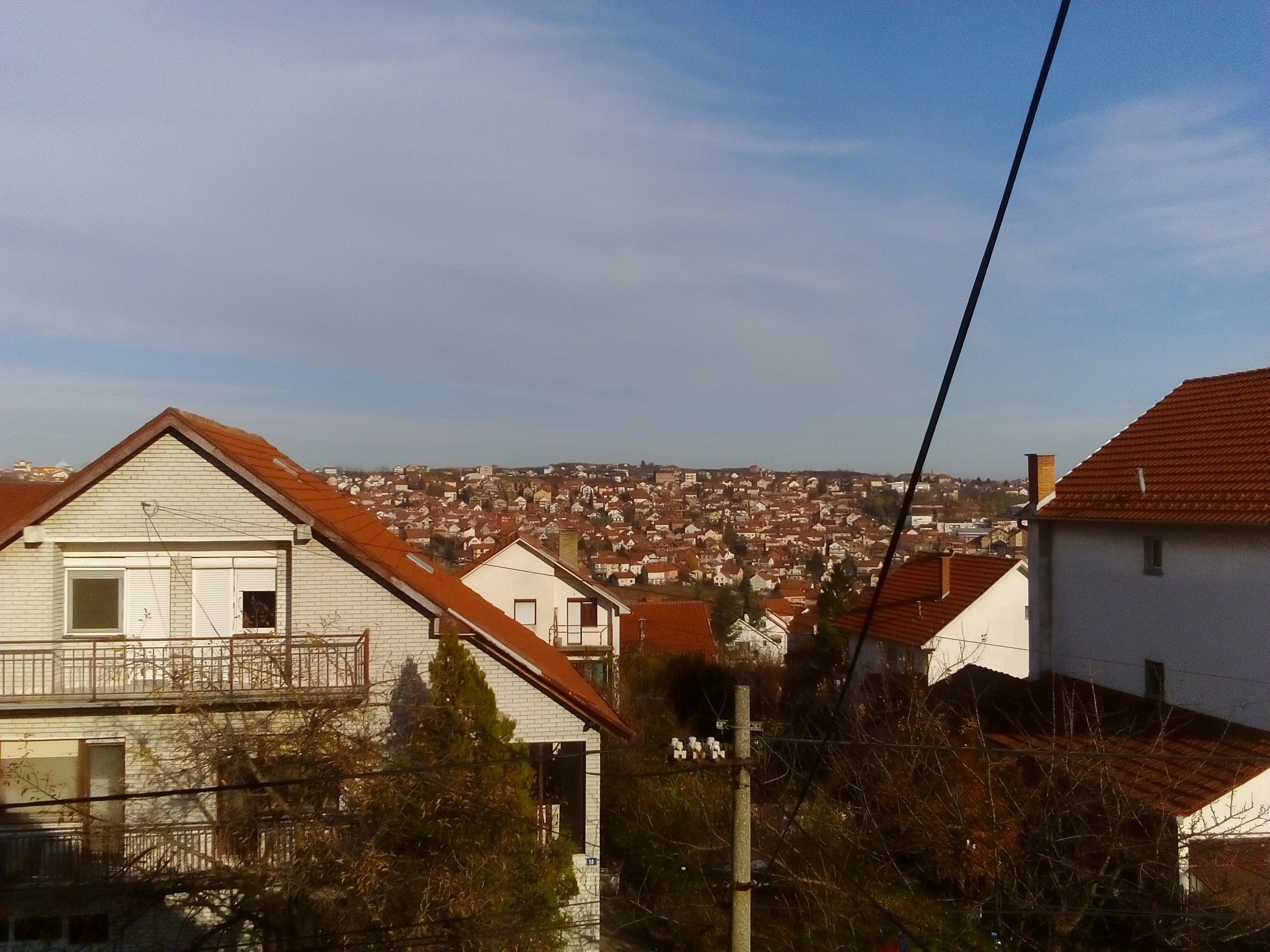
Uploaded on 2016-11-11 by Daliborka S. Zagorac
2. Belgrade is located in the zone of moderate continental climate. The main thermal characteristics are hot summers and cold winters. Average temperature is about 12° C in the city center, and about 10° C in suburban areas. The quantities of precipitation are generally modest (maximum in June, the minimum in February and September, average 700mm). However, Belgrade is also under the influence of regional climate modification conditions above all, typical wind characteristic for this area - Kosava. Local specificities of Belgrade climate are the result of the following core impacts: the impact of topography, the influence of the surfaces (rivers, land, plant cover), the impact of city structure (heat island center) . Due to specific terrain configuration there are places with temperature inversions like New Belgrade, with urban cool island characteristics especially in winter period. Belgrade, as the largest urban agglomeration in the country is faced with numerous environmental problems. Benefits that are carried out trough location of the city (climate, edaphic, orographic characteristics of the terrain) have greatly cancelled inappropriate relation of man to the environment. In Belgrade there are numerous sanitary-hygienic problems starting from elementary in housing, supply water, sewerage and garbage, to modern environmental problems that arise as a result of the dynamic process of urbanization, industrialization, development, traffic intensity and agriculture. UHI influence is biggest in the summer trough draught and heat waves, when air conditioners work non-stop, but this is also relative (depends on personal heat tolerance) due to specific terrain configuration (hills and flat areas). For example, in the city centre (mostly flat), whit a lot of concrete and glass surfaces external temperature could reach up to 40-45°C, so using an air conditioner is a must. On the other side, suburban areas (where I live), surface is 60%-40% concrete-vegetation based, and terrain configuration is hilly. In the hottest days when external temperature could be few C lower than in the city center, good old shade is everything you need. Humidity and wind are specific for Belgrade, so coldness is "colder" due to humidity (Danube and Sava rivers), although external temperatures is not below 0°. Also wind, known as Kosava, is a very strong wind that is known as natural purifier of the city air, but on the other side energy consumption for heating, during Kosava is a problem. 3. 1. urban green structures (alleys, green roofs, vertical gardens and green walls, compusonary balcony gardens, green belts etc.) 2. better urban planning (sustainable objects, semipermeable surfaces, green energy etc.) 3. traffic (more walkable and bicycle paths) 4. taxes (lower taxes for sustainable objects, less water consumption and percentage of vegetation for residential and business objects) 5. monitoring (accessible and understandable to public) 4. There are (probably) many small measurements that government is implementing for reduction of UHI effect such as planting trees, organizes competitions for the most beautiful city balcony or garden, education in schools and kindergartens etc. Strategic plans usually are approved, partially implemented like Action plan for climate change, or not implemented at all.